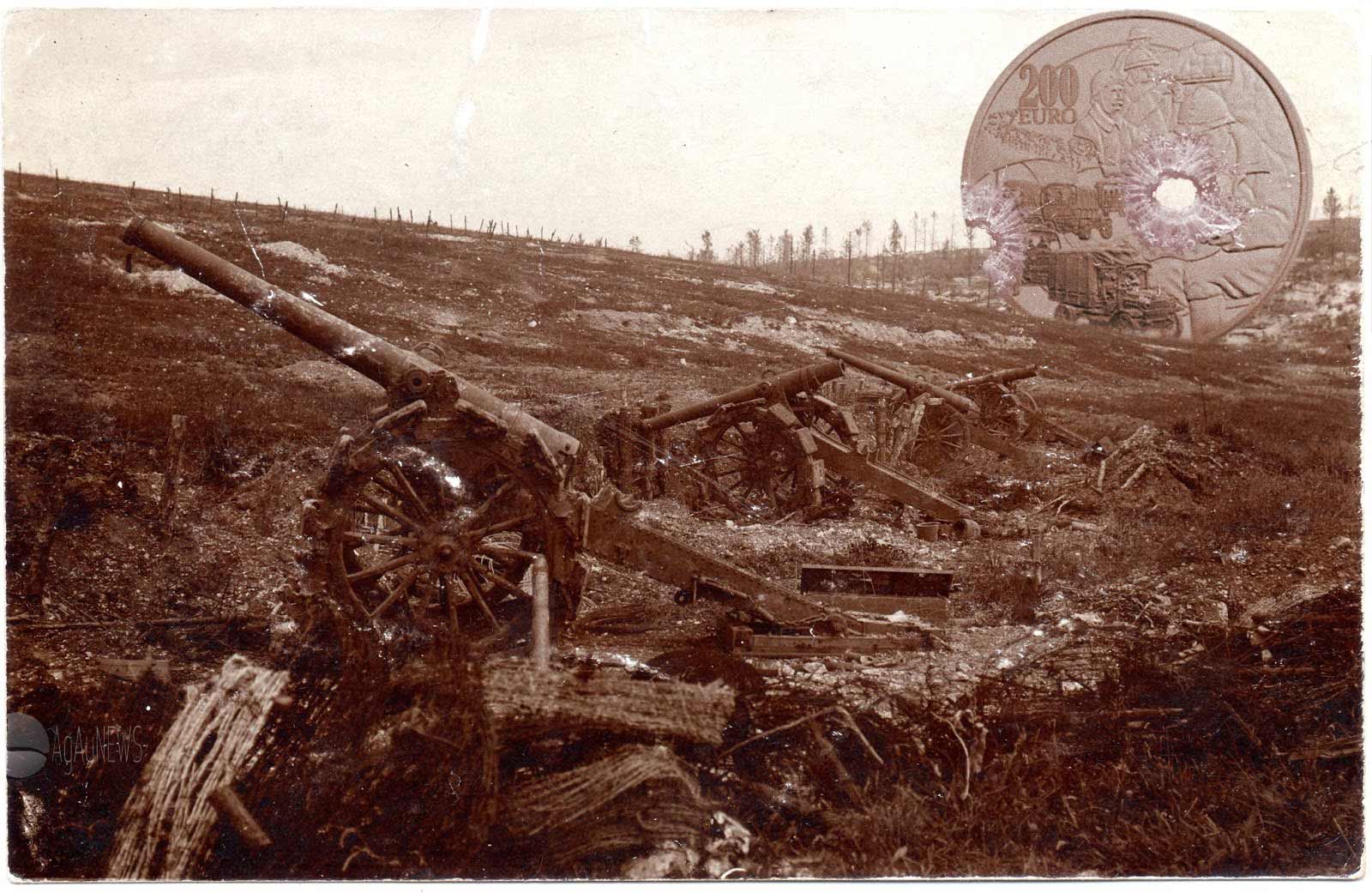

In June 1918, many component infantry units from II Corps – commanded by Maj.-Gen. Initially II Corps consisted of the 27th, 30th, 33rd, 78th and 80th Divisions. (4th Brigade, US Marine Corps, was included as part of 2nd Division.) II Corps was activated on 24 February, by which time troop numbers justified it. It include the 1st, 2nd, 26th, 32nd, 41st and 42nd Divisions. I Corps was officially activated in France, under the A. The troop ships are Henderson, Antilles, Momus, and Lenape. A group of regular soldiers and the first American division to arrive in France, entered the trenches near Nancy, France, in Lorraine. did not participate at the front until October 23, 1917, when the 1st Division fired the first American shell of the war toward German lines, although they participated only on a small scale. The first American troops, who were often called " Doughboys," landed in Europe in June 1917. Column of American troops passing Buckingham Palace, London, 1917. American engineers in France also built 82 new ship berths, nearly 1,000 miles (1,600 km) of additional standard-gauge tracks, and over 100,000 miles (160,000 km) of telephone and telegraph lines. The French harbors of Bordeaux, La Pallice, Saint Nazaire, and Brest became the entry points into the French railway system that brought the American troops and their supplies to the Western Front. The mobilization effort taxed the American military to the limit and required new organizational strategies and command structures to transport great numbers of troops and supplies quickly and efficiently. Army pressed into service passenger liners, seized German ships, and borrowed Allied ships to transport American soldiers from the Hoboken Port of Embarkation with facilities in New York City and New Jersey, and the Newport News Port of Embarkation in Virginia. Since the transport ships needed to bring American troops to Europe were scarce at the beginning, the U.S. had only a minor participation at the front up to late October 1917, but by May 1918 over one million American troops were stationed in France, though only half of them made it to the front lines. Map, Port of Embarkation Hoboken (1917–18).īy June 1917, only 14,000 American soldiers had arrived in France, and the A. In addition, the British government tried to use its spare shipping as leverage to bring US soldiers under British operational control. This approach was not always well received by the western Allied leaders who distrusted the potential of an army lacking experience in large-scale warfare. troops deployed as individual replacements in depleted Allied units. In addition, Pershing insisted that the American force would not be used merely to fill gaps in the French and British armies, and he resisted European efforts to have U.S. As a result, few troops arrived before January 1918. Pershing insisted that American soldiers be well-trained before going to Europe. Pershing in May 1917, and Pershing remained in command for the rest of the war.

Frederick Funston, but after Funston's sudden death, Wilson appointed Major General John J. President Woodrow Wilson initially planned to give command of the A. Further information: American Expeditionary Forces on the Western Front (World War I) order of battle American Expeditionary Forces Commander in Chief, General John J.


 0 kommentar(er)
0 kommentar(er)
